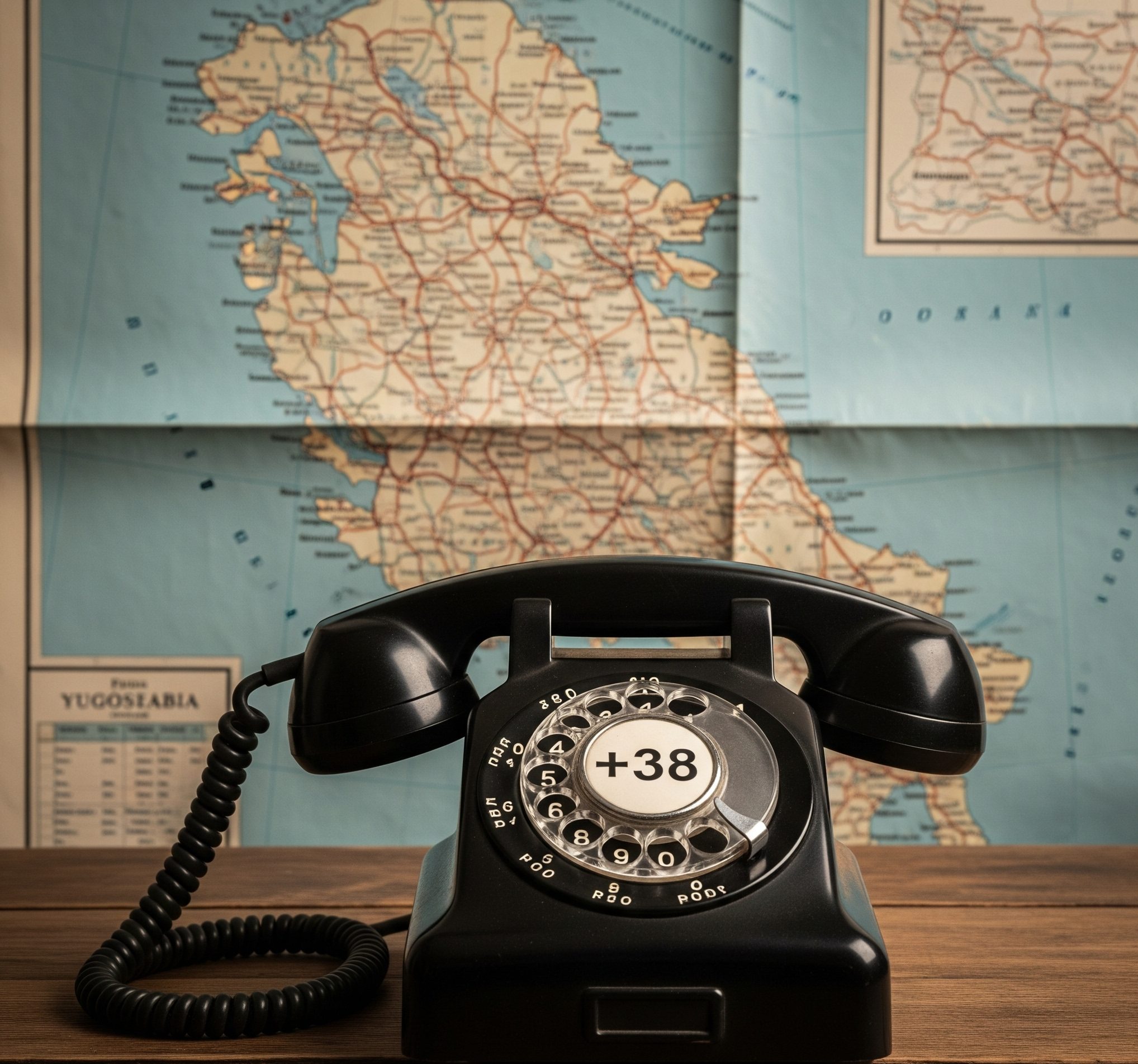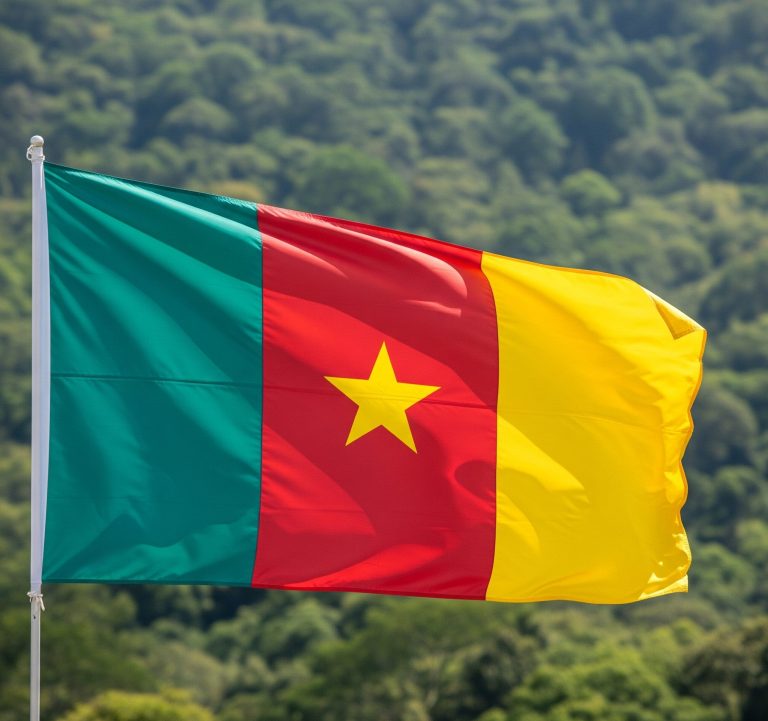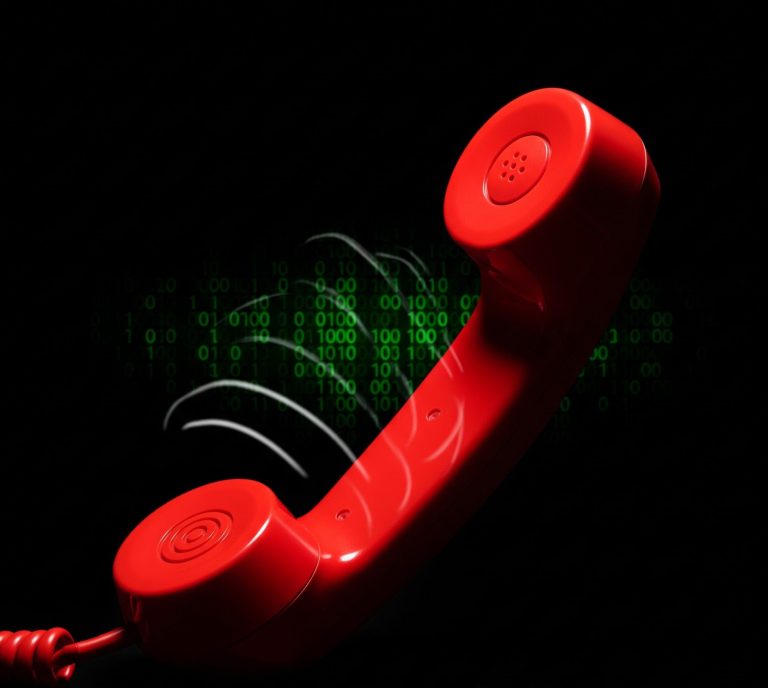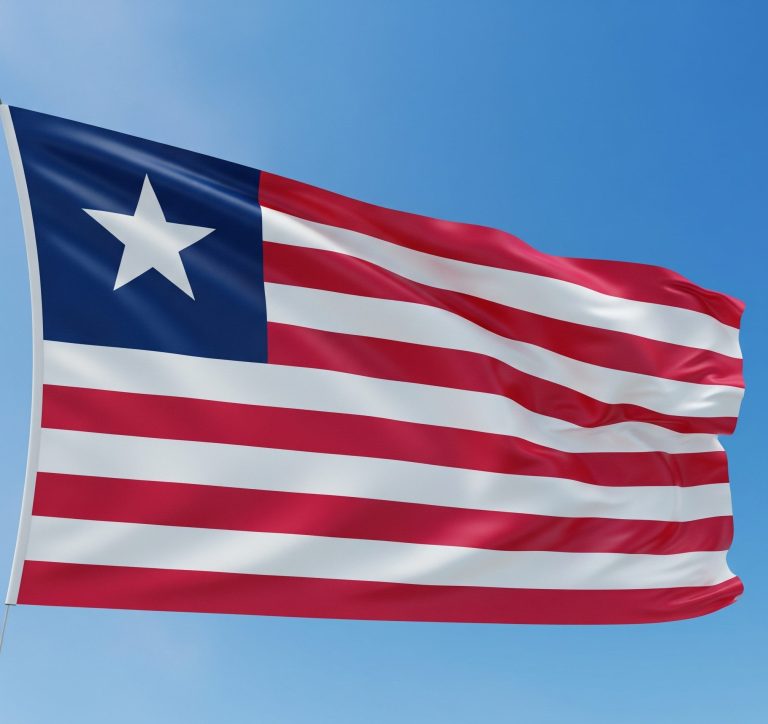In our increasingly interconnected world, making international calls has become commonplace, whether it’s for business, connecting with family abroad, or planning your next adventure. While dialing within the United States is straightforward with its +1 country code, navigating the global telephone network can sometimes feel like deciphering a secret code. This article aims to clarify the complexities of international dialing, with a particular focus on the +38 country code and its related prefixes, specifically for an American audience.
Contents
The Anatomy of an International Call from the US
Before we delve into specific country codes, it’s crucial to understand the fundamental steps involved in making an international call from the United States:
- International Access Code (Exit Code): From a landline in the US, you’ll almost always start by dialing 011. This signals to your phone carrier that you’re attempting to dial outside of the North American Numbering Plan (NANP). If you’re using a mobile phone, you can simply use the + symbol, which automatically functions as the international access code. It’s often located by pressing and holding the 0 key.
- Country Code: This is a one-to-three digit code that identifies the specific country you are trying to reach. Every country has a unique country code assigned by the International Telecommunication Union (ITU).
- Area/City Code (if applicable): Many countries have internal area or city codes that further narrow down the location within that country. These codes are dialed after the country code and before the local number.
- Local Phone Number: Finally, you dial the individual phone number of the person or business you wish to contact.
So, the general formula for dialing internationally from the US looks like this: 011 (or +) + Country Code + Area/City Code + Local Phone Number.
Understanding the +38 Country Code Family
The +38 country code itself is no longer in active use for a single country. Historically, +38 was assigned to the Socialist Federal Republic of Yugoslavia. However, with its dissolution, this code space was broken up, and new, more specific country codes were assigned to the successor states. This is a common point of confusion for many callers, and understanding its evolution is key to successful dialing to this region.
Here’s a breakdown of the countries that now use prefixes that begin with +38, stemming from the original +38 allocation:
- +380 – Ukraine: If you’re looking to connect with someone in Ukraine, this is the country code you’ll need.
- +381 – Serbia: For calls to Serbia, use +381.
- +382 – Montenegro: Montenegro uses the country code +382.
- +383 – Kosovo: For communications with Kosovo, +383 is the correct code.
- +385 – Croatia: Dial +385 for calls to Croatia.
- +386 – Slovenia: To reach Slovenia, use +386.
- +387 – Bosnia and Herzegovina: Bosnia and Herzegovina is reachable via +387.
- +389 – North Macedonia: For calls to North Macedonia, the country code is +389.
Therefore, if someone gives you a phone number that starts with something like “+38…”, it’s crucial to confirm the specific country to ensure you’re using the correct full country code (e.g., +381 for Serbia, not just +38).
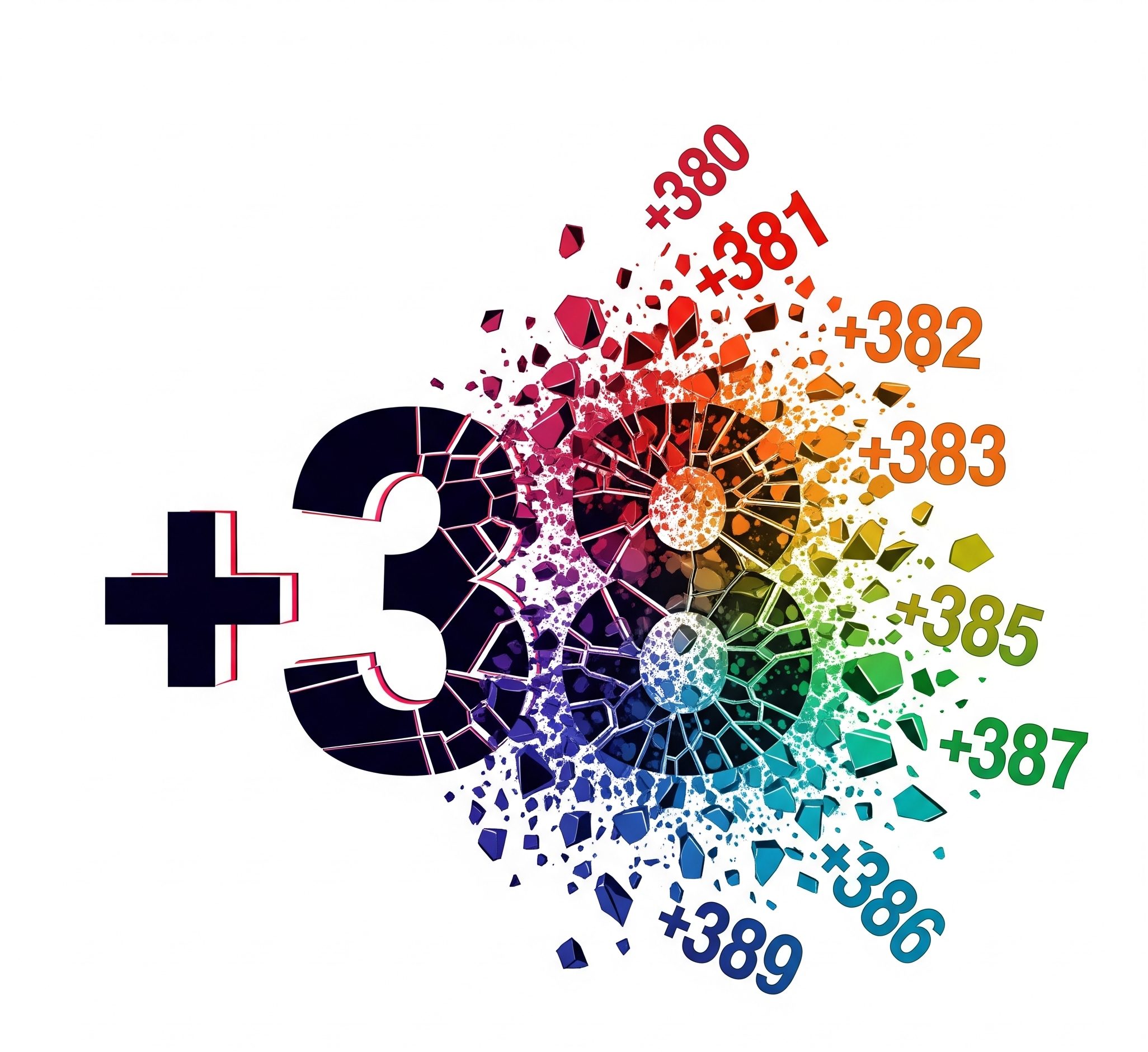
Common Pitfalls and How to Avoid Them
Even with the correct codes, international dialing can sometimes be tricky. Here are some common mistakes and tips to avoid them:
Forgetting the International Access Code (011 or +)
This is perhaps the most frequent error. Without 011 (from a landline) or the + symbol (from a mobile), your call simply won’t connect internationally. Always remember to begin your dialing sequence with this crucial prefix.
Confusing Country Codes with Area Codes
As illustrated with the +38 country code example, it’s easy to mix up a country code with an area code, especially if you’re unfamiliar with the numbering plan of the destination country. Always verify that you have the correct, full country code before dialing. Online resources and international dialing guides are invaluable for this.
Omitting Leading Zeros in Area Codes
In some countries, local area codes may begin with a 0 when dialed domestically. However, this leading 0 should almost always be dropped when making an international call. For example, if a local number is 020 XXXX XXXX, you would typically dial +XX 20 XXXX XXXX, dropping the 0.
Overlooking Time Zone Differences
This isn’t a dialing error, but a critical consideration for successful communication. A misjudged call time can lead to late-night disturbances or missed connections. Always check the time zone of your destination before placing an international call. Many online tools and smartphone apps can help with this.
Not Checking Your Phone Plan
International calling rates can vary wildly depending on your phone carrier and plan. Before making extensive international calls, it’s wise to check with your provider about their international calling rates or consider adding an international calling plan to avoid unexpected charges. Many carriers offer affordable add-ons or even unlimited international calling to certain destinations.
Utilizing VoIP and Messaging Apps
For frequent international communication, Voice over Internet Protocol (VoIP) services and messaging apps like WhatsApp, Skype, and Zoom have become incredibly popular. These platforms often offer free or very low-cost calling over an internet connection, bypassing traditional international dialing complexities and associated high rates. If your contact also uses one of these apps, it can be a highly efficient and cost-effective solution.
Staying Connected Across Borders
While the initial thought of dialing a number with a +38 country code or any other international prefix might seem daunting, it’s a straightforward process once you understand the components. By remembering the international access code, verifying the full country code, being mindful of area code nuances, and respecting time zone differences, you can confidently connect with friends, family, and colleagues around the globe. In an increasingly globalized world, mastering international communication is a valuable skill, bringing people closer, no matter the distance.

